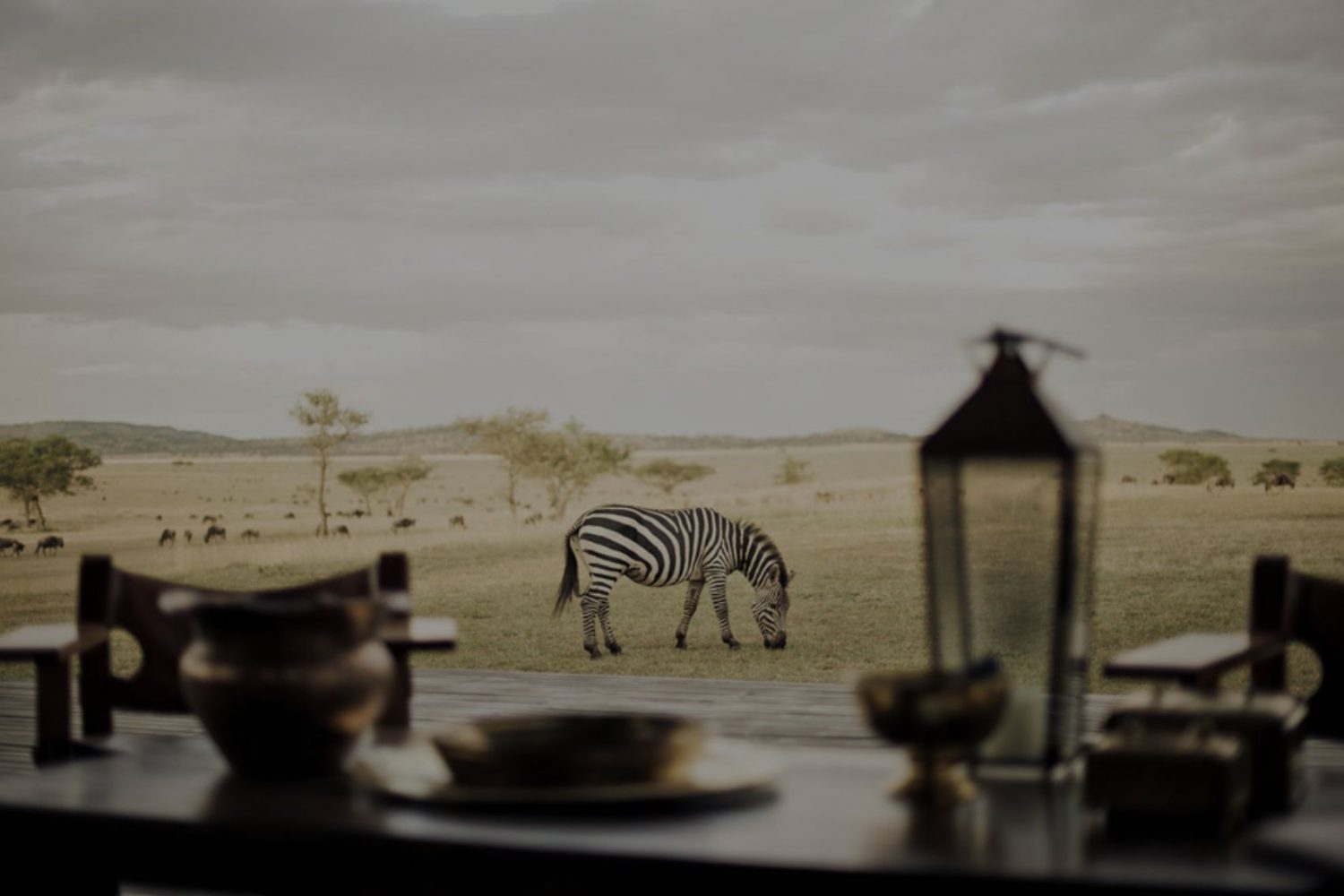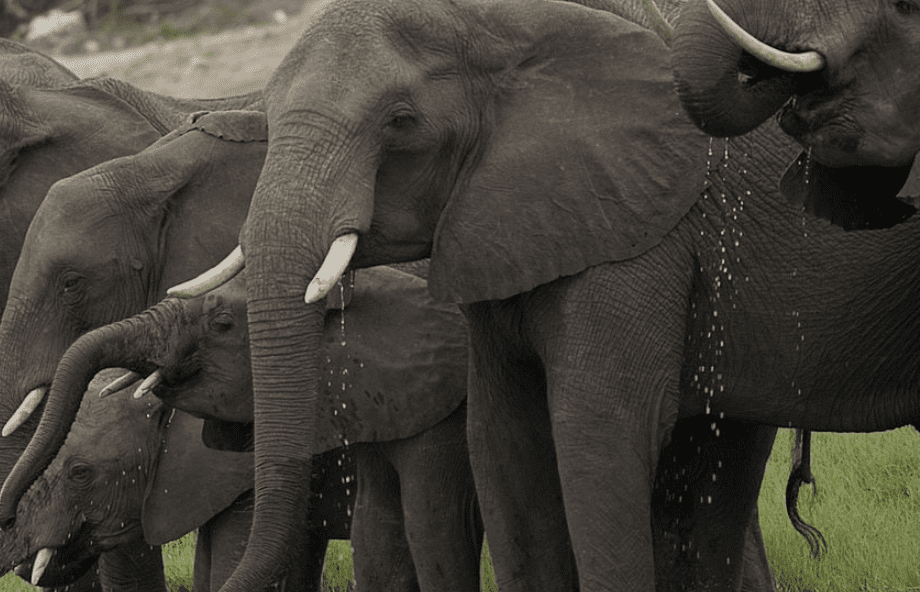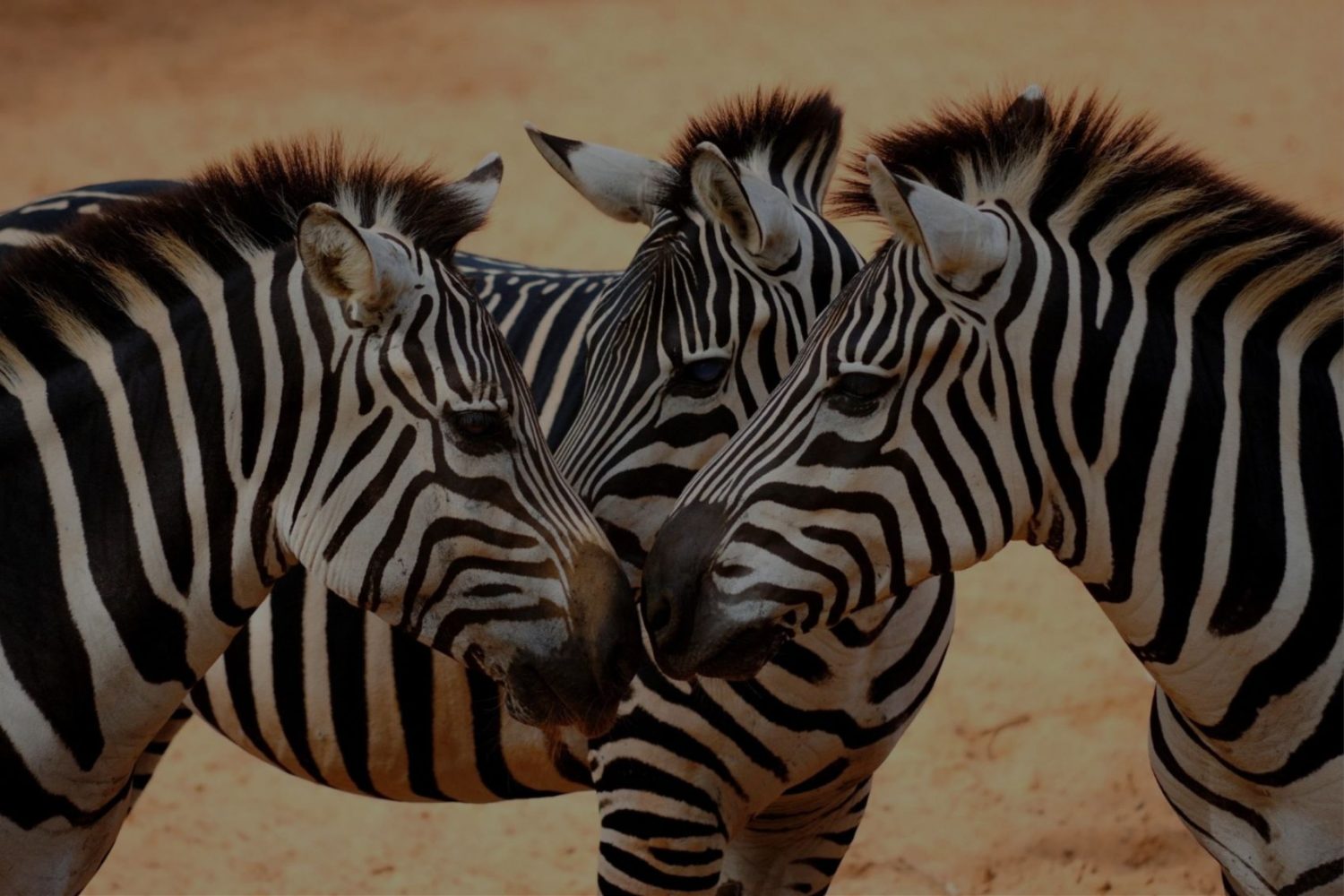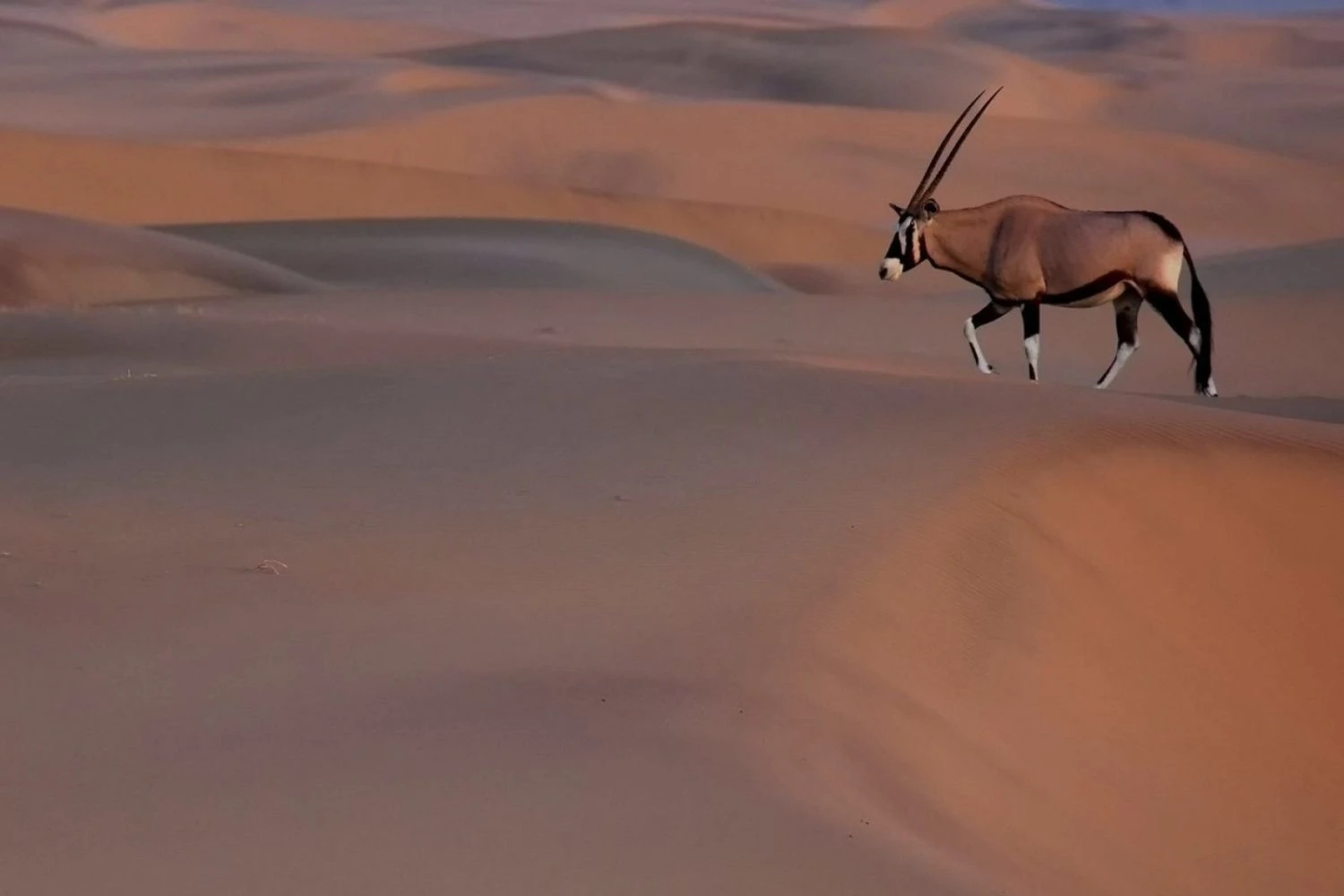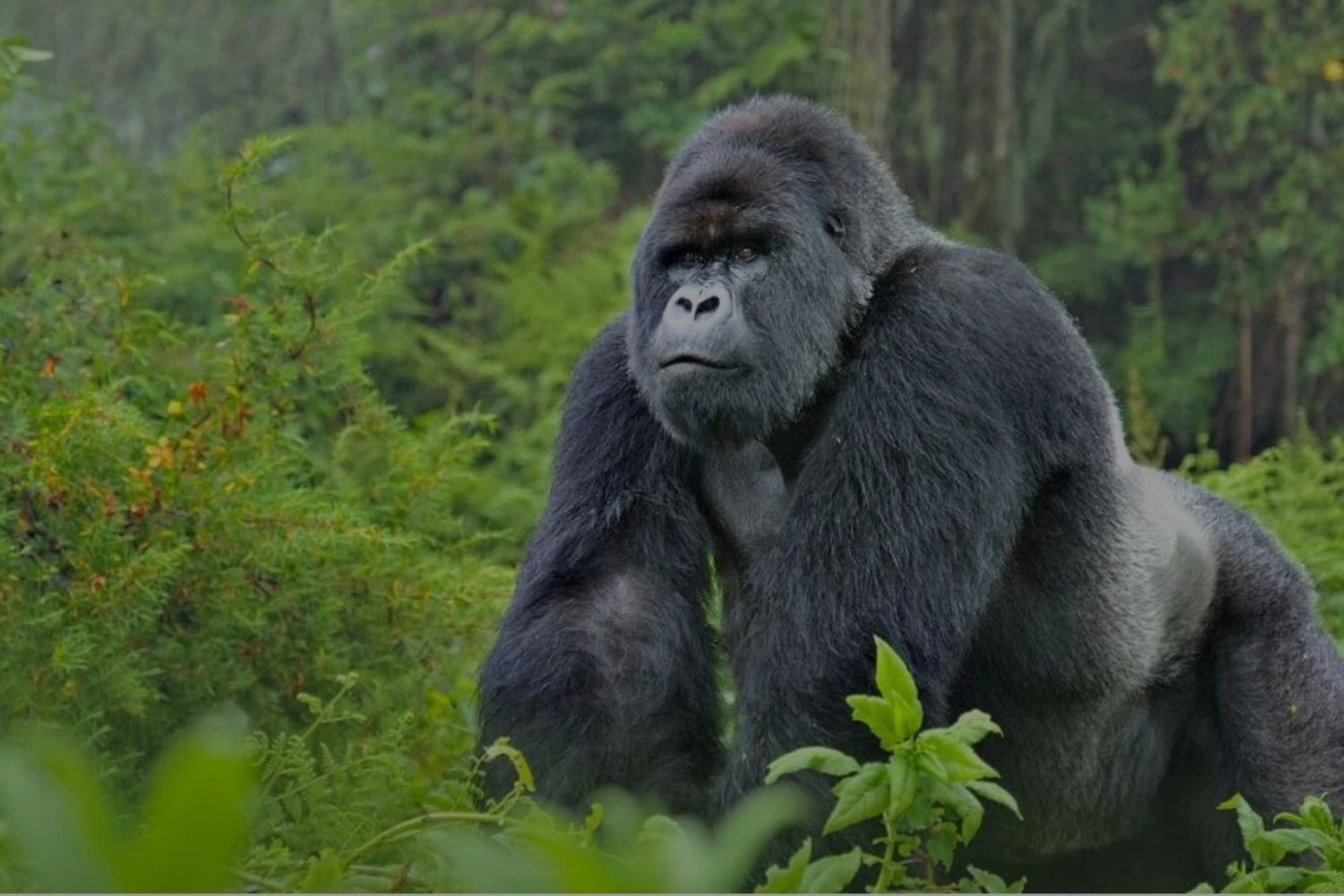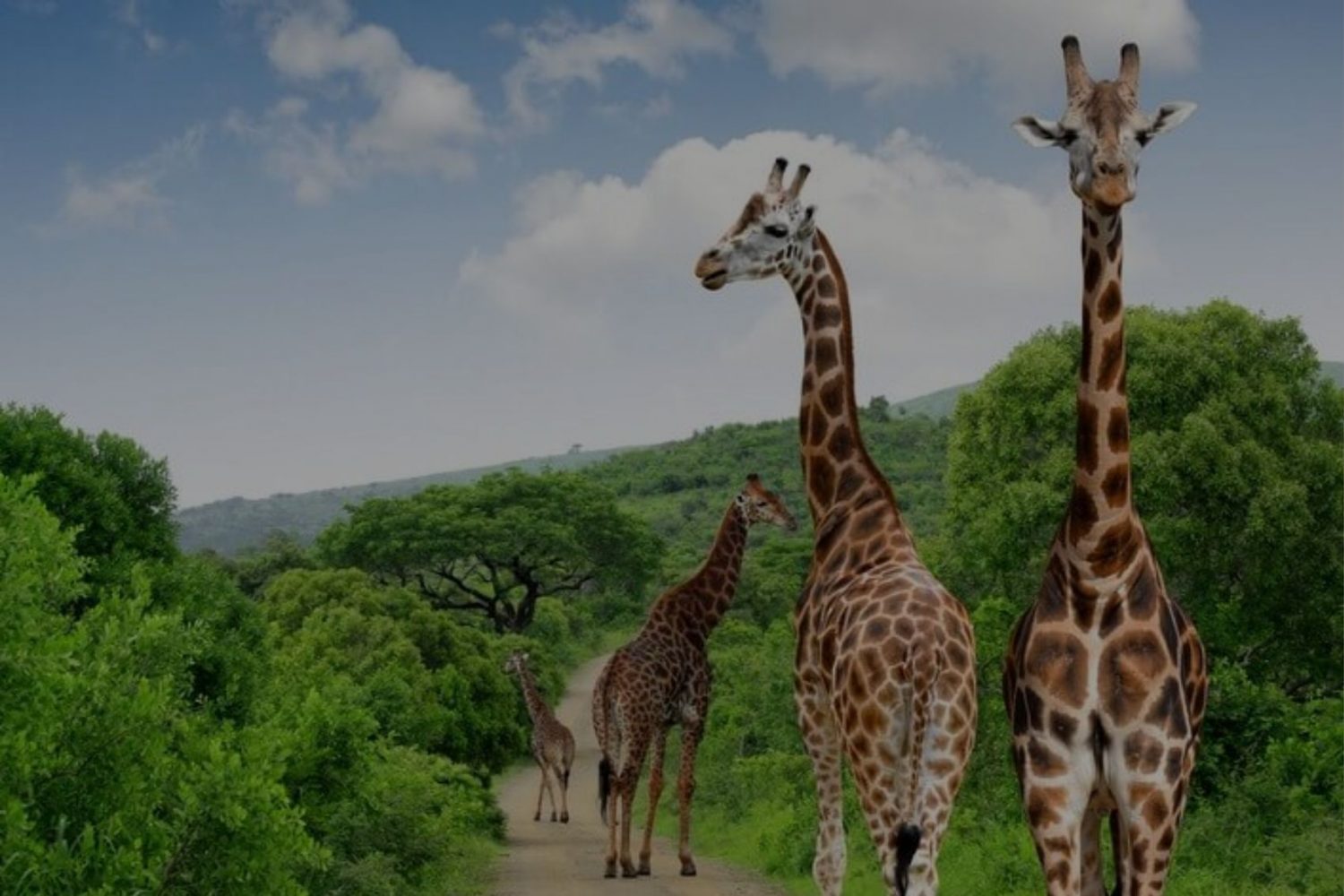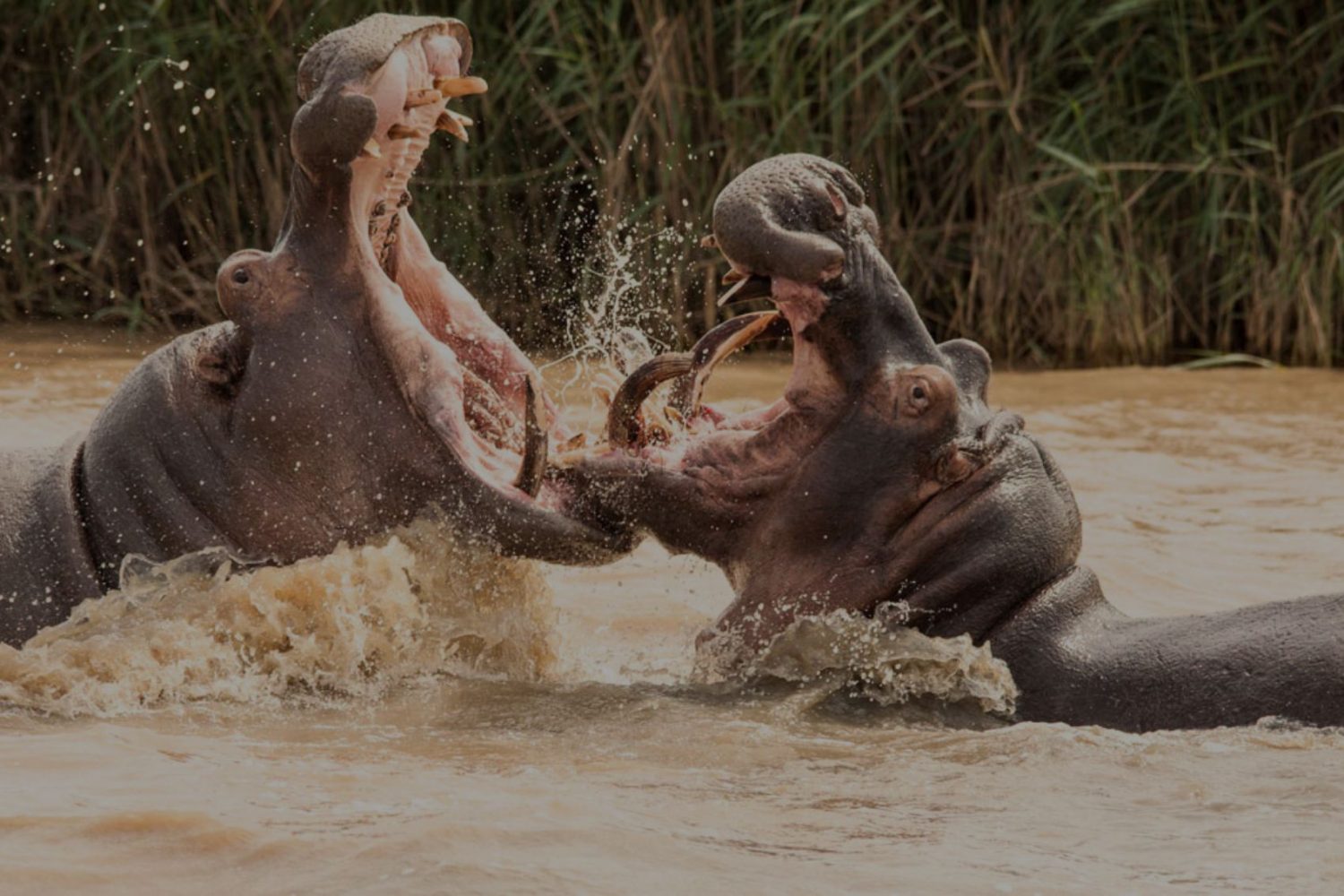CUSTOM AFRICA SAFARIS
LUXURY TAILOR MADE SAFARIS!
We specialize in meticulously planned custom safaris, catering to individuals as well as small, friends,family & corporate groups
Our safaris’ emphasis lies in experiencing authenticity away from bustling crowds. We prioritize small-group settings, offering exclusive access to high-quality camps and private reserves where intimate wildlife encounters take precedence over encounters with other tourists.
Despite hand-picked remote locations, you’ll find unexpected luxuries amidst the wilderness, including top-notch amenities and personalized service that surpasses your expectations.
Explore Africa with us!
The trip of a lifetime awaits. Hand-selected camps, reserves, and activities all contribute towards an intimate and authentic safari experience.
Experience the best of Southern & Eastern Africa… from the Serengeti to the Southern tip of Africa!

“To Travel is to Live”
~ Hans Christian Andersen
Highlights of South Africa include the private game reserves surrounding the Kruger National Park – renowned for sightings of ‘The Big Five’ – lion, African elephant, Cape buffalo, leopard, and rhinoceros. Teeming with a variety of wildlife species and birds, embarking on a safari here promises an indelible experience. South Africa boasts over 100 game reserves, including well-known ones like Hluhluwe-Imfolozi, Addo Elephant Park, Madikwe, and Pilanesberg.
Botswana distinguishes itself with game reserves like Chobe National Park, the Okavango Delta, and Moremi National Park, where animals roam freely. Zimbabwe allocates 12% of its land to National Parks or Game Reserves suitable for Africa safari tours, featuring notable reserves such as Hwange, housing over 30,000 elephants, and Lake Kariba.
Zambia offers exceptional game reserves like South Luangwa National Park, home to a substantial elephant colony.
East Africa offers abundant wildlife viewing opportunities on safaris. Both Kenya and Tanzania showcase diverse wildlife on their expansive savannah grasslands. Safaris in East Africa tend to be more rugged, encompassing iconic locations such as the Great Migration, Serengeti National Park, Maasai Mara, Ngorongoro Crater, and Mount Kilimanjaro.
See elephants up close in Botswana, encounter thousands of animals, and capture incredible wildlife photos, fly over the world’s oldest desert and visit the magnificent Victoria Falls, the seventh wonder of the world!
Let’s make your dreams a reality!
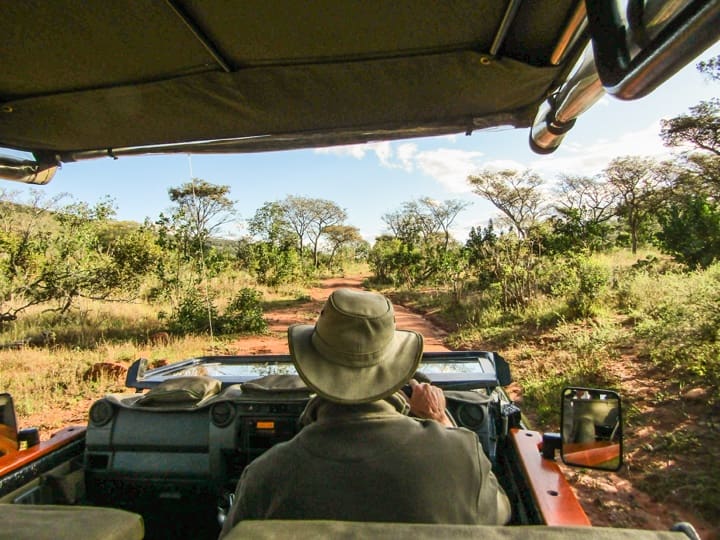
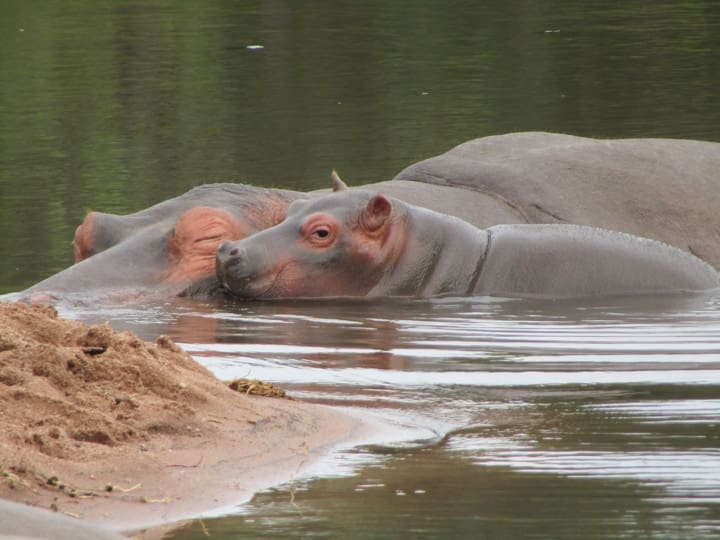
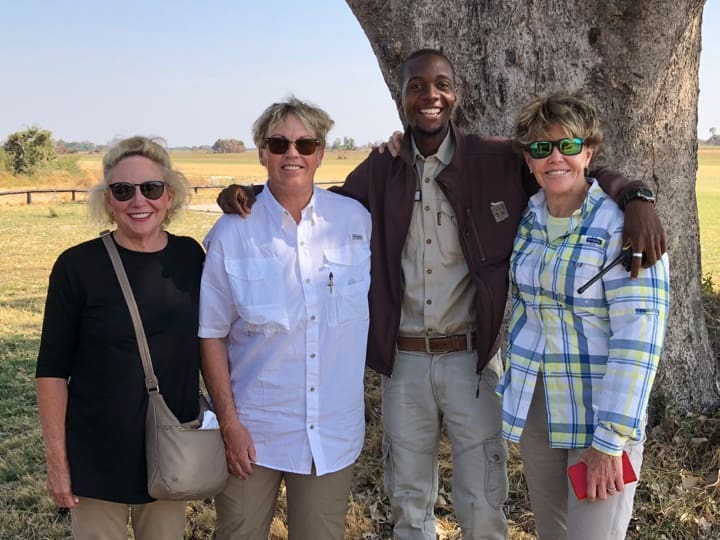
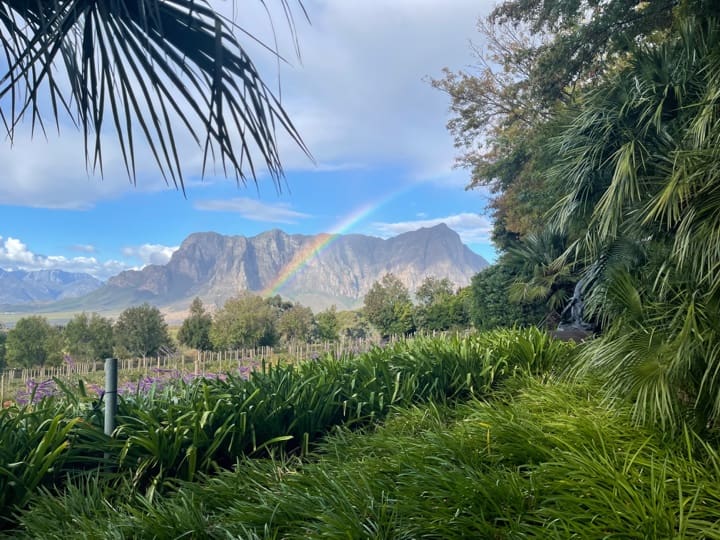
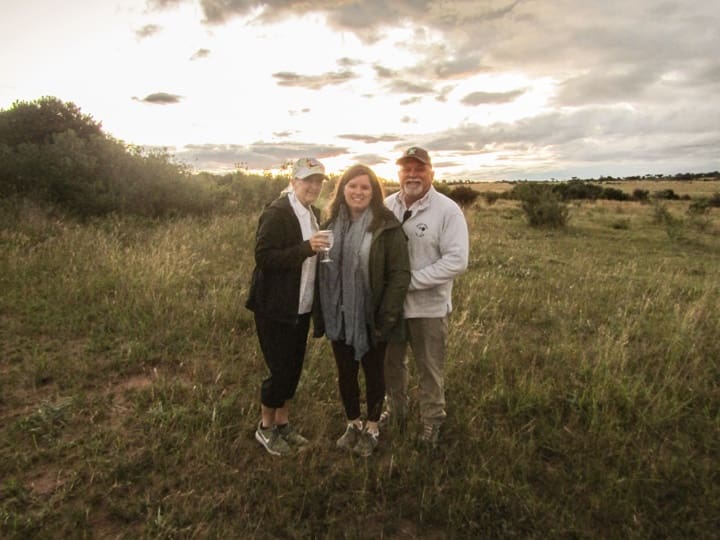

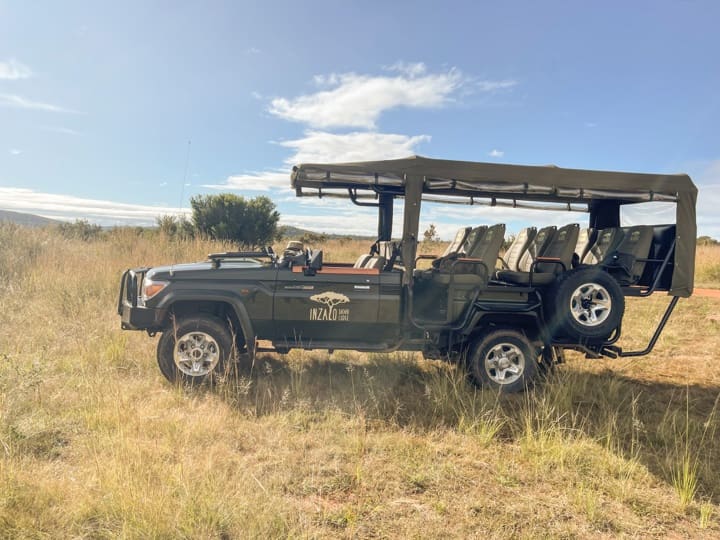
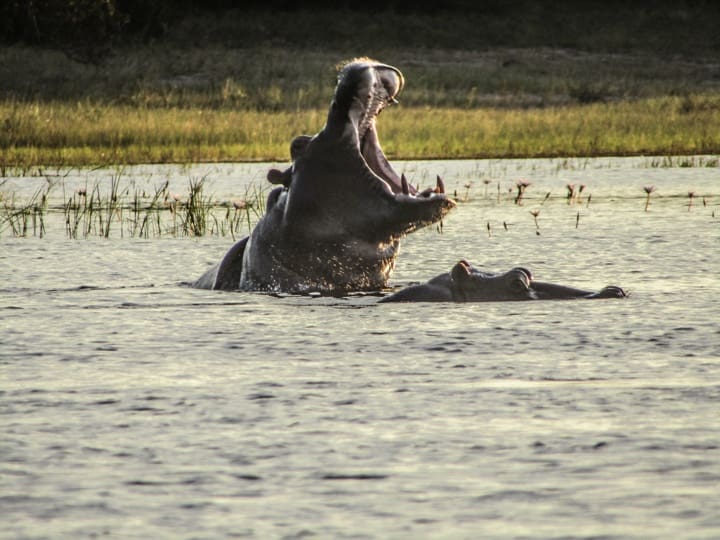
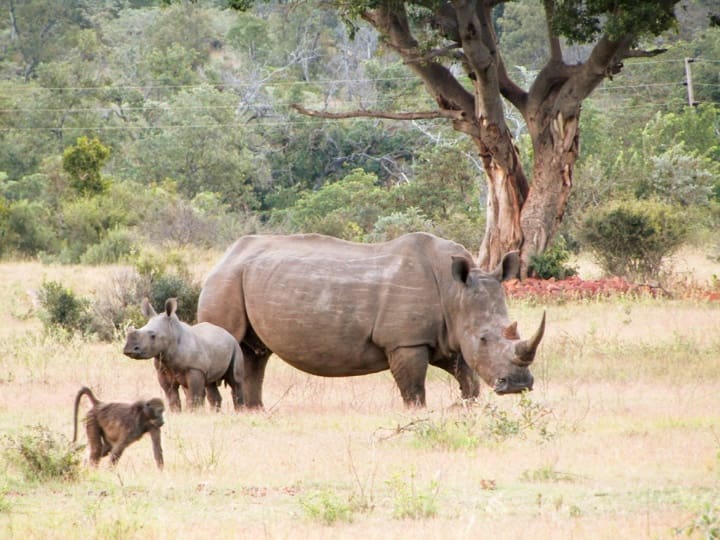





FREQUENTLY ASKED SAFARI QUESTIONS
What are the best safari destinations in Africa?
The best safari destinations in Africa include Serengeti National Park (Tanzania), Maasai Mara National Reserve (Kenya), Kruger National Park (South Africa), Okavango Delta (Botswana), and Etosha National Park (Namibia).
What is the best time to go on a safari in Africa?
The best time to go on a safari in Africa varies by destination, but generally, the dry season, which is often during the winter months, offers better wildlife sightings as animals gather around water sources. However, specific regions may have different optimal times.
What animals can I see on an African safari?
African safaris offer the opportunity to see a diverse range of animals, including lions, elephants, buffaloes, leopards, rhinos (the Big Five), giraffes, zebras, cheetahs, hippos, crocodiles, and numerous bird species.
Is it safe to go on a safari in Africa?
Safety levels on African safaris can vary by country and region. It’s essential to research the safety situation, follow local guidance, and choose reputable operators and lodges with experienced guides to ensure a safe and enjoyable experience.
What should I pack for an African safari?
When packing for an African safari, consider essentials like lightweight and breathable clothing, a wide-brimmed hat, sturdy walking shoes, sunscreen, insect repellent, a good camera with spare batteries, and any required medications. See the FAQ page for detailed info
What is the difference between a game reserve and a national park in Africa?
Game reserves are privately owned and managed areas, while national parks are typically government-run protected areas. Both offer wildlife viewing opportunities, but game reserves may have more flexibility in terms of activities and accommodations.
How long should I plan for an African safari trip?
The ideal duration for an African safari trip can vary, but it is recommended to plan for at least 7 days, ideally 10-14 days to have a fulfilling experience. Longer trips allow for more exploration and the opportunity to visit multiple destinations.
What is a fly-in safari?
A fly-in safari is a type of safari experience that involves traveling to remote or inaccessible areas by aircraft. Instead of relying on traditional ground transportation, such as vehicles or boats, participants of a fly-in safari fly directly to their chosen safari destinations.
This mode of transportation offers several advantages, including quicker access to remote and untouched wilderness areas, the ability to cover larger distances in a shorter time, and a unique aerial perspective of the landscapes below.
Fly-in safaris often include private charter flights or scheduled light aircraft transfers, providing a convenient and efficient means of reaching remote safari lodges, camps, or reserves.
Fly-in safaris are particularly popular in regions with vast and expansive wilderness areas, such as certain parts of Botswana and East Africa.
What vaccinations do I need before going on an African safari?
Before going on an African safari, it is advisable to consult with a healthcare professional or travel clinic to determine the required vaccinations for the specific country or region. Common vaccinations may include those for yellow fever, tetanus, hepatitis A and B, and typhoid.
Benefits of a Game Reserve or National Park?
Safari parks serve as sanctuaries for wildlife, providing secure havens where animals can wander unrestricted. These parks play a pivotal role in preserving biodiversity and act as vital ecosystems for countless species. When you choose to explore a safari park, you not only have the incredible opportunity to observe wildlife in its unaltered habitat, but you also actively contribute to initiatives that protect these remarkable creatures and the fragile ecosystems upon which they depend. By visiting a safari park, you become an advocate for the conservation of nature, ensuring the continued existence of these extraordinary animals and the sustenance of their interconnected environments.
Key aspects to keep in mind
When preparing for your inaugural African safari, it’s crucial to consider several essential factors.
- Begin by establishing a practical budget that encompasses accommodation, transportation, park fees, and any extra activities you wish to indulge in.
- Take the time to research visa requirements and verify that your passport remains valid for at least six months beyond your intended departure date.
- Familiarize yourself with the customs, traditions, and etiquette of the countries you’ll be exploring.
- Seek advice from a travel health professional to ensure you receive necessary vaccinations and take appropriate health precautions for a safe and worry-free journey.
What is a family safari?
An African safari is a remarkable experience for families, offering an opportunity to bond, learn, and create lasting memories together. Witnessing the wonder in your children’s eyes as they encounter wildlife for the first time is truly priceless. Family-friendly safari lodges and expert guides ensure that every member of the family, young and old, can fully enjoy the adventure, making it an unforgettable journey for everyone.
What is the Big Five and where can I find them in Africa?
The Big Five refers to the five iconic African animals: lions, elephants, buffaloes, leopards, and rhinos. These animals were historically considered the most challenging to hunt on foot. They can be found in various national parks and reserves across Africa.
What is a mobile safari?
A mobile safari is a type of safari experience where participants move between different locations within a wildlife area or national park, typically in a group or small convoy. Instead of staying at a fixed accommodation, such as a lodge or camp, the participants stay in temporary camps that are set up and dismantled as the safari progresses. These camps are often designed to provide basic yet comfortable accommodations, with amenities such as sleeping tents, communal dining areas, and shared bathroom facilities.
During a mobile safari, participants have the opportunity to explore different areas and ecosystems, maximizing their chances of encountering diverse wildlife species and experiencing varied landscapes. The safari guides and staff set up the camps in strategic locations to offer the best wildlife viewing opportunities, often moving every few days to follow animal migration patterns or explore different regions.
Mobile safaris are typically led by experienced guides who possess extensive knowledge of the local wildlife and ecosystems. They provide informative game drives and guided walks, offering insights into the natural surroundings and the behavior of the animals encountered along the way.
This type of safari appeals to adventurous travelers who enjoy a more immersive and flexible experience, as it allows for a closer connection with nature and the ability to explore remote and lesser-known areas. Mobile safaris can be organized in various destinations across Africa, including countries such as Botswana, Tanzania, and Zambia, among others.
Can I go on a safari with children in Africa?
Yes, many African safari destinations cater to families with children, offering family-friendly accommodations and activities suitable for kids, such as guided nature walks or visits to local communities.
Is an African Safari Worth It?
Undoubtedly, an African safari is an incomparable experience that surpasses all expectations and is worth every precious moment and investment. It immerses you in a world of exhilarating adventure, unparalleled serenity, and unparalleled personal growth. The memories forged during an African safari are indelible, forever etched in your heart and mind. You’ll find yourself spellbound as you witness breathtaking sunsets casting a golden glow over the vast savannah. You’ll be enchanted by the harmonious chorus of wildlife greeting the dawn, awakening your senses to the symphony of nature. And let’s not forget the enriching interactions with the vibrant local communities, where you’ll gain insights into their rich cultures and traditions.
An African safari is not merely a vacation; it’s a transformative journey that transcends boundaries and expands horizons. It ignites a deep appreciation for the wonders of the natural world, fostering a profound connection to the Earth’s untamed beauty. The experiences and memories you create during an African safari become cherished treasures, forever reminding you of the profound impact it has on your life. So prepare to embark on this extraordinary adventure, for an African safari promises to be an unforgettable odyssey that leaves an everlasting imprint on your soul.
What is the "Great Migration" and where can I see it in Africa?
The Great Migration is an annual event where millions of wildebeests, along with zebras and other animals, migrate in search of fresh grazing. It takes place between the Serengeti National Park (Tanzania) and Maasai Mara National Reserve (Kenya) during different times of the year.
What is a luxury Africa safari?
Perfect for those seeking the ultimate in comfort and exclusivity, luxury Africa safaris provide an unparalleled experience. Indulge in lavish accommodations, personalized service, and curated itineraries that cater to your every desire. Experience the finest lodges and camps, gourmet cuisine, and private guided tours, ensuring an unforgettable safari adventure tailored to your preferences!
What are some off-the-beaten-path safari destinations in Africa?
Some off-the-beaten-path safari destinations in Africa include Hwange National Park (Zimbabwe), South Luangwa National Park (Zambia), Ruaha National Park (Tanzania), and the private conservancies like Mara Naboisho (Kenya). These destinations offer unique wildlife experiences with fewer crowds.
What is a custom Africa safari?
Tailor-made Africa safaris offer the flexibility to create a personalized itinerary that aligns with your interests and preferences. Whether you have specific wildlife sightings in mind, want to explore particular regions, or have unique requirements, custom safaris allow you to design an adventure that is truly your own. Work closely with experienced tour operators to curate a journey that surpasses your expectations.
How much does an African safari cost?
The cost of an African safari varies depending on factors such as the destination, accommodation, duration, and level of luxury. Safaris can range from budget-friendly options starting around $500 per day to high-end luxury safaris that can exceed $1,500 per day.
Why should you go on an African safari?
Embarking on an exhilarating African safari is an absolute must for those who crave an extraordinary travel experience! Prepare to be captivated as your imagination soars and your senses come alive. Get ready to immerse yourself in the awe-inspiring wonders of the continent, where every moment holds the potential for an unforgettable encounter.
Imagine yourself standing amidst breathtaking landscapes that stretch as far as the eye can see. The air is charged with anticipation as you set foot in the wild, ready to witness nature’s grand spectacle. Brace yourself for the exhilaration of coming face to face with Africa’s iconic wildlife, right in their natural habitats. Get up close and personal with the regal lion as it prowls majestically through the untamed plains. Feel your heart race as a graceful herd of elephants gracefully traverse the sprawling African savannah. These encounters will leave an indelible mark on your soul, forging a deep connection to the beauty and diversity of the natural world.
An African safari is not just an adventure; it’s a transformative journey that promises to ignite your spirit of exploration. Whether you’re an intrepid adventurer, a fervent nature enthusiast, or simply someone in search of an unparalleled escapade, an African safari beckons you with its irresistible allure. So seize this opportunity, and let the untamed splendor of the African wilderness mesmerize you like never before!
Are there any specific etiquette or rules I should follow while on a safari in Africa?
Etiquette and rules on safaris in Africa include respecting wildlife and their natural habitat, following the instructions of your guide, keeping a safe distance from animals, not littering, and adhering to any specific guidelines provided by the park or reserve.
What is a couples safari?
An African safari provides the perfect backdrop for a romantic escape. Imagine sharing intimate moments in the heart of the African wilderness, enjoying candlelit dinners under the stars, and creating memories that will last a lifetime. Couples safaris offer a unique blend of adventure, romance, and tranquility, allowing you to connect deeply with both nature and your loved one.
Why we do what we do!
Thank you for putting together a perfect photo safari. Loved each of the lodges. Absolutely no issues. Took nearly 5,000 photos! I’m so pleased with the majority of them – its going to be hard to narrow them down for a photo book. Loved the variety of the four parks you selected. Will want to do this again (or some variation) in about two years. Also, have already given your name out to two people, and I’ve only been in town for two days.
While sitting here at Naboisho Camp’s WiFi tent and looking at giraffes, we wanted to thank you for planning and organizing a wonderful trip for us. We are checked in for our flights tomorrow and ready to return home if Emirates has room for all the purchases.
Hey there! Just wanted to say Thank you again for everything. I had a great trip and I know you go over and above to make it all work. 😊 I am so glad we met and if you ever need anything at all just give me a shout. I can’t wait to spend some time when you come here. Talk soon!
We had a great visit to Africa. We loved working with Karin. She did a fabulous job helping us to understand what trips were possible and then translating what we wanted to see into the trip of a lifetime.
We are unfortunately at the gate for our flight to Houston. Already planning to return.
Thank you for a flawless trip.
Thank you for everything you did to make his dreams come true on this trip!
Safari with us
TRAVEL EXPERTS
Africa is our home…we live, breath & sleep Africa!
USA & AFRICA BASED
Easy and secure safari payments – no international wires!
MANY HAPPY GUESTS
This is how we roll! Please feel free to ask

